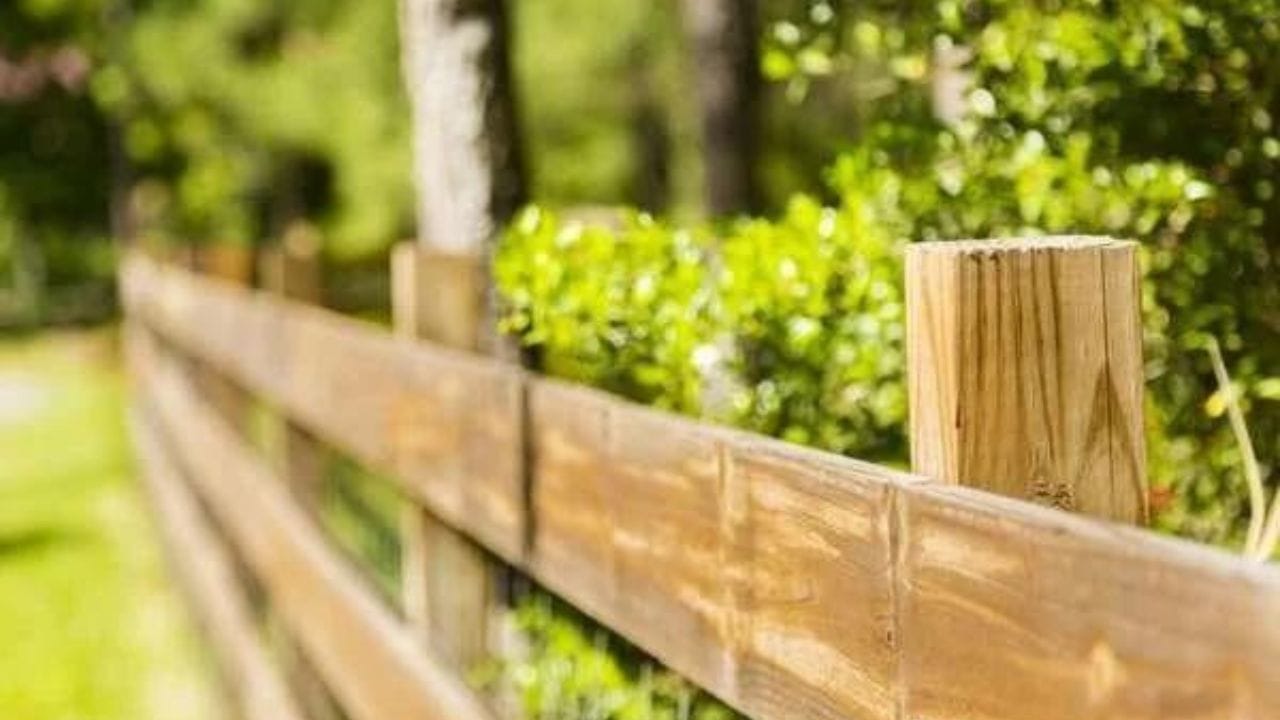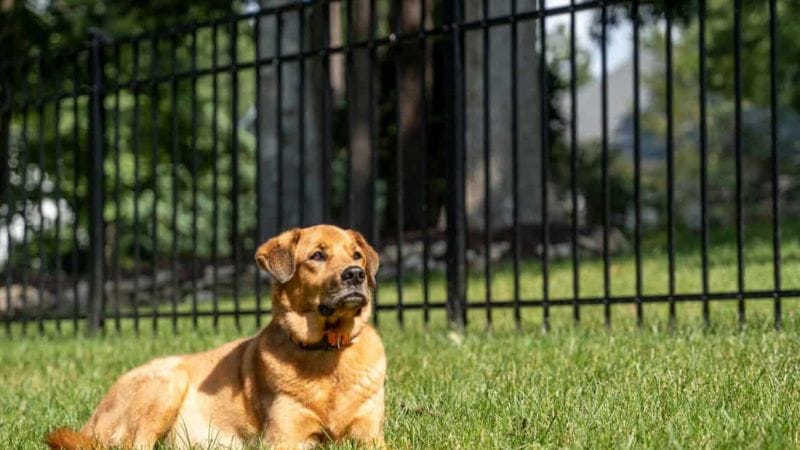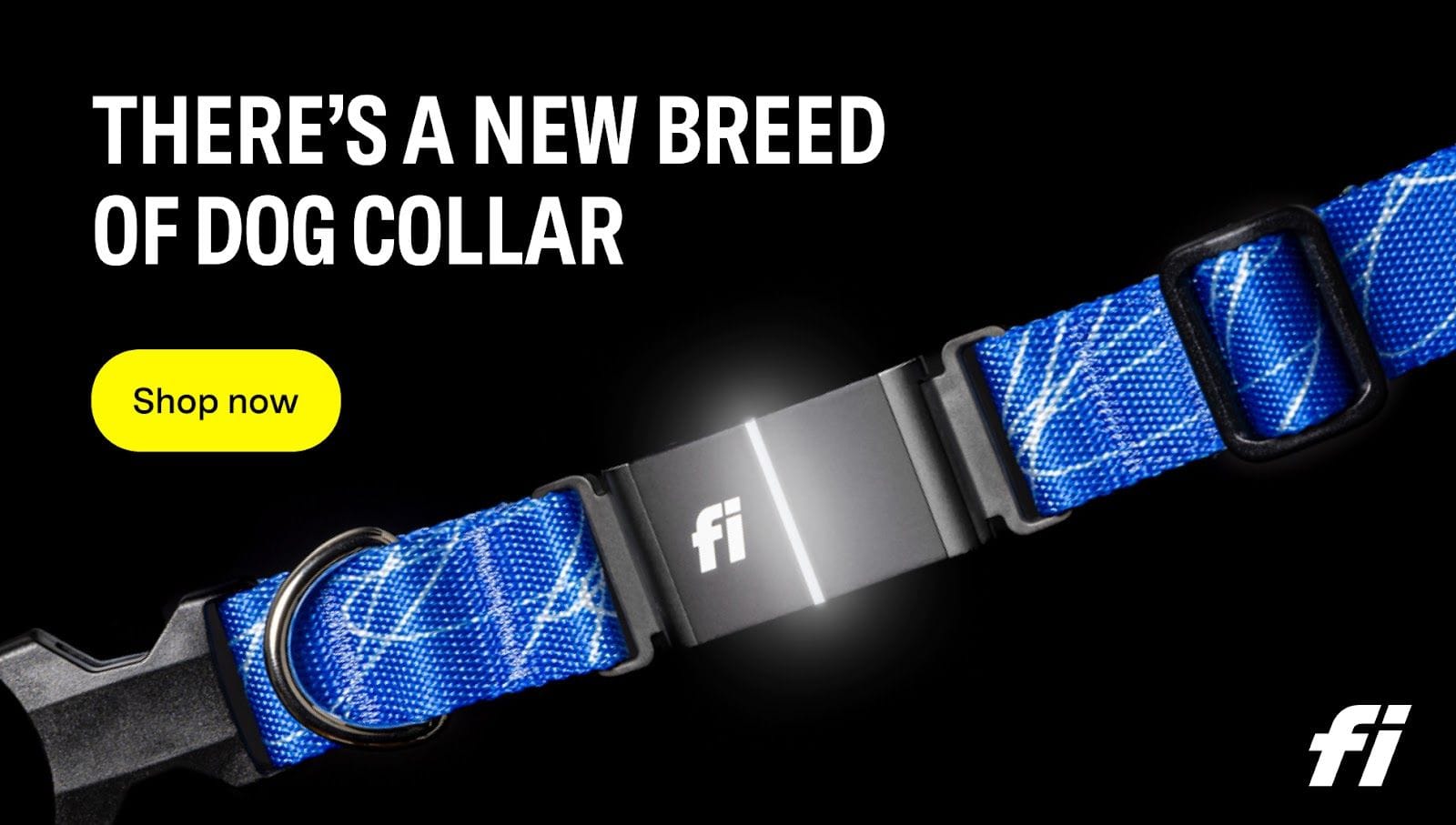Cheap Front Yard Fence Ideas for Dogs: A Practical Guide
Many dog owners love to let their furry friends roam free in the front yard, but keeping them safe and contained can be a challenge. A fence is an excellent solution, but it can be expensive to install and maintain. Luckily, there are many cheap front yard fence ideas for dogs that can provide the necessary security without breaking the bank.

One popular option is a chain-link fence. While not the most attractive choice, it is durable, affordable, and allows for visibility so that dogs can still see what's going on outside. Another option is a split-rail fence, which provides a rustic look and is easy to install. For those who prefer a more modern look, a vinyl fence can be a great option. It is low-maintenance, long-lasting, and comes in a variety of colors and styles to fit any home's aesthetic.
No matter what type of fence is chosen, it's important to make sure it is tall enough to prevent dogs from jumping over it and secure enough to prevent them from digging underneath it. With the right fence in place, dog owners can enjoy peace of mind knowing their furry friends are safe and happy in the front yard.
Understanding Dog Fences
When it comes to keeping dogs safe and contained in a front yard, a fence is an essential investment for many pet owners. However, with so many types of dog fences available, it can be challenging to determine which option is best for your pet. Here are some factors to consider when choosing a fence for your furry friend.
Types of Dog Fences
Chain Link Fences
Chain link fences are a popular choice for many dog owners due to their durability and affordability. They provide a clear view of the surrounding area, which can help keep dogs from feeling isolated. However, chain link fences may not be the best option for dogs who are prone to digging or jumping.
Wooden Fences
Wooden fences offer a classic look and can be customized to match the aesthetics of your home. They also provide more privacy than chain link fences, which can help keep dogs from barking excessively at passersby. However, wooden fences may require more maintenance than other types of fences, and dogs may be able to chew or scratch through the wood.
Vinyl Fences
Vinyl fences are a low-maintenance option that can withstand harsh weather conditions. They are also resistant to scratching and chewing, making them a good choice for dogs who like to chew on everything in sight. However, vinyl fences may not offer as much privacy as wooden fences.

Factors to Consider
Pet Safety
When choosing a dog fence, safety should be the top priority. Make sure the fence is tall enough to keep your dog from jumping over it and sturdy enough to withstand any attempts to dig under it. Additionally, make sure there are no sharp edges or protruding wires that could injure your pet.
Aesthetics
While safety should be the primary concern, the fence should also complement the aesthetics of your home and neighborhood. Consider the color and style of the fence and how it will look from the street.
Durability
A dog fence is an investment, so it's important to choose a fence that will last. Consider the materials used in the fence and how well they will hold up over time.
In summary, when choosing a fence for your front yard, consider the safety, aesthetics, and durability of the fence. By taking these factors into account, you can choose a fence that will keep your pet safe and contained while also enhancing the look of your home.
Materials and Tools
Choosing the Right Materials
When it comes to choosing materials for a cheap front yard fence for dogs, there are several options to consider. Each material has its own advantages and disadvantages, so it's important to choose the one that best fits your needs.
- Chain link: This is a popular option for dog owners as it is affordable, durable, and low-maintenance. However, it may not provide enough privacy and can be difficult to install without professional help.
- PVC: This material is lightweight, easy to install, and requires little maintenance. PVC fences are also available in a variety of colors and styles. However, it may not be as durable as other materials and can become brittle over time.
- Wood fence: This is a classic choice that provides both privacy and security. Wooden fences are also customizable and can be painted or stained to match the aesthetic of your home. However, they require regular maintenance to prevent rotting and warping.
- Pallet fence: This is a budget-friendly option that repurposes wooden pallets to create a rustic-looking fence. It's a great DIY project, but may not be as durable as other materials.
- Wire fence: This is a cost-effective option that is easy to install and maintain. It's also a good choice for smaller dogs as they won't be able to squeeze through the gaps. However, it may not provide enough privacy and can be easily damaged.
- Mesh fence: This is a lightweight and flexible option that is easy to install. It's also a good choice for larger dogs as it can withstand their weight. However, it may not be as durable as other materials and can be easily damaged.
Essential Tools for DIY Fencing
If you decide to go the DIY route for your front yard fence, there are a few essential tools you'll need:
- Measuring tape: This will help you determine the length and height of your fence.
- Level: This will ensure that your fence is straight and even.
- Post hole digger: This will make it easier to dig holes for your fence posts.
- Hammer: This will be used to drive in nails or staples.
- Saw: This will be used to cut your fence materials to size.
- Pliers: This will help you bend and cut wire or other materials.
- Work gloves: This will protect your hands from splinters and other injuries.
By choosing the right materials and having the necessary tools, you can create a cheap front yard fence for your dogs that is both functional and aesthetically pleasing.
Designing Your Fence
When it comes to designing a cheap front yard fence for dogs, there are a few things to consider. This section will cover the layout planning and customization options for your fence.
Layout Planning
Before installing a fence, it's important to plan out the layout of your yard. This will help you determine the best placement for the fence and what type of fence will work best for your needs.

If privacy is a concern, a tall fence or a lattice fence with climbing plants may be a good option. If you want to maintain a view, a picket fence or a patio fence with a peep bubble for your dog may be a better choice.
In terms of security, a solid fence with a locked gate will provide the most protection. However, keep in mind that a fence that is too tall or too imposing may not be allowed by your local zoning laws.
Customization for Dogs
When designing your fence, it's important to consider your dog's needs. For small dogs, a fence with smaller gaps between the slats or panels may be necessary to prevent them from escaping.
If your dog is a climber, a fence with angled or slippery surfaces may be necessary to prevent them from scaling the fence. Additionally, adding a top rail or a lattice topper can prevent your dog from jumping over the fence.
Finally, consider adding a gate that is specifically designed for dogs. This can include a smaller door within the gate or a latch that is higher up to prevent your dog from opening the gate themselves.
Overall, designing a front yard fence for dogs requires careful planning and consideration of your dog's needs. By taking the time to plan and customize your fence, you can create a safe and secure environment for your furry friend.
Installation Techniques
Step-by-Step Installation
When installing a cheap front yard fence for dogs, it is important to follow the proper steps to ensure a sturdy and secure fence. The first step is to measure the area where the fence will be installed and mark the corners with stakes. Next, dig holes for the fence posts, making sure they are deep enough to provide stability.
Once the holes are dug, place the fence posts in them and fill the holes with concrete to secure them in place. Allow the concrete to dry completely before continuing with the installation.
After the fence posts are secure, attach the rails or panels to the posts using screws or nails. Make sure the fence is level and adjust as necessary. Finally, add any additional features such as gates or latches to complete the installation.
Securing the Fence
To ensure the fence is secure and safe for dogs, it is important to take extra precautions. For a temporary solution or a DIY dog fence, using no dig dog fence panels can be a great option. These panels are easy to install and can be removed or relocated as needed.
For a more permanent solution, a rail fence or metal fence can provide added security and durability. A wooden dog fence can also be a great option, but it is important to choose a sturdy wood and properly treat it to prevent rotting or damage from weather exposure.
For larger dogs, it may be necessary to install a taller fence or add additional features such as electric fencing or coyote rollers to prevent escape.
Overall, by following the proper installation techniques and taking extra precautions, a cheap front yard fence for dogs can provide a safe and secure environment for pets to enjoy.
Temporary and Portable Solutions
When it comes to fencing solutions for dogs, not everyone wants to commit to a permanent installation. For those who need a temporary or portable solution, there are several options to consider.
Portable Dog Fence Options
Portable dog fences are a great solution for those who need a fence that can be easily moved or stored. These fences come in a variety of sizes and styles, from lightweight mesh options to more durable metal fences.
One popular option is a wire exercise pen, which can be configured in a variety of shapes and sizes to fit your specific needs. These pens are typically made of metal and come with panels that can be easily connected and disconnected to create different configurations.
Another option is a Tenax pet fence, which is made of a lightweight, durable mesh material. These fences are easy to set up and take down, and can be easily moved from one location to another.
Invisible Fencing
Invisible fencing is a popular option for those who want to keep their yard looking neat and tidy without having to install a physical fence. These systems use a buried wire and a special collar that emits a warning tone and/or mild correction when the dog approaches the boundary.
While invisible fencing can be an effective solution, it's important to note that it does require some training for both the dog and the owner. Additionally, some dogs may be able to break through the boundary if they are highly motivated.
Overall, temporary and portable fencing solutions can be a great option for those who need a fence that can be easily moved or stored. Whether you choose a wire exercise pen or an invisible fence, there are plenty of options to choose from that can help keep your dog safe and secure.
Maintenance and Upkeep
Repairing Your Fence
No matter how cheap your front yard fence may be, it will require some maintenance and repairs. Regularly inspect your fence for any signs of wear and tear, such as loose boards, broken slats, or rusted hardware. If you notice any damage, it's important to address it promptly to prevent further deterioration and potential safety hazards.
Budget-friendly repair options include replacing individual damaged boards or sections rather than the entire fence. If you're handy, you may be able to tackle some repairs yourself with basic tools and materials. However, for more complex repairs or if you're unsure of your skills, it may be best to hire a professional.
Preventing Damage
Prevention is key when it comes to maintaining your cheap front yard fence for dogs. One common issue is dogs digging under the fence, which can cause damage and allow them to escape. To prevent this, consider installing "dig defence" products such as wire mesh or concrete blocks along the bottom of the fence.
Another potential issue is mold growth, which can occur in humid or damp environments. Regularly cleaning your fence with a mild detergent and water can help prevent mold growth. Additionally, trimming back any overgrown vegetation around the fence can improve air circulation and reduce moisture.
Rodents can also be a problem, as they may try to burrow under or chew through your fence. To prevent this, consider installing a barrier such as hardware cloth or chicken wire along the bottom of the fence.

By taking these preventative measures and addressing repairs promptly, you can ensure that your cheap front yard fence for dogs remains in good condition for years to come.
Additional Considerations
Local Regulations and Compliance
Before installing any fence, it is important to check local regulations and compliance requirements. Some areas have specific rules regarding the height, type, and placement of fences. Failure to comply with these regulations can result in fines or even legal action.
It is also important to consider the impact of the fence on the surrounding neighborhood. A fence that is too tall or too imposing can be an eyesore and may even decrease property values. It is best to choose a fence that is both functional and aesthetically pleasing.
Enhancing Fence Functionality
When choosing a fence for a front yard, it is important to consider the needs of your dog. A solid fence may provide privacy, but it can also prevent your dog from seeing what is happening outside. A metal mesh fence may be a better option as it allows your dog to see and hear what is happening outside.
Additionally, a gate can provide easy access for you and your dog while also keeping unwanted visitors out. It is important to choose a gate that is both secure and easy to use.
Finally, consider the durability and maintenance requirements of the fence. A permanent fence may be more expensive upfront, but it will require less maintenance in the long run. A metal mesh fence may be more affordable, but it may require more upkeep over time.
Overall, choosing a front yard fence for your dog requires careful consideration of local regulations, functionality, and maintenance requirements. By taking the time to choose the right fence, you can provide your dog with a safe and secure outdoor space while also enhancing the aesthetic appeal of your home.
Frequently Asked Questions
How can one construct a cost-effective dog fence on their own?
Constructing a cost-effective dog fence on your own requires careful planning and research. You can save money by using affordable materials and building the fence yourself. Consider using chain-link or welded wire mesh fencing, which are relatively inexpensive and easy to install. You can also purchase pre-made fence panels that are designed for DIY installation.
What are some inexpensive materials to use for a DIY dog fence?
Inexpensive materials for a DIY dog fence include chain-link, welded wire mesh, and wooden pickets. These materials are readily available and easy to work with. You can also use recycled materials such as pallets, old doors, and scrap metal to create a unique and affordable fence for your dog.
What are the best temporary fencing options for dogs?
Temporary fencing options for dogs include portable dog fences, invisible fences, and temporary chain-link or mesh fencing. Portable dog fences are lightweight and easy to move around, while invisible fences use a collar to keep your dog within a designated area. Temporary chain-link or mesh fencing can be easily installed and removed as needed.
How can one ensure a simple fence is secure enough for their dog?
To ensure that a simple fence is secure enough for your dog, make sure that it is tall enough to prevent your dog from jumping over. The fence should also be buried deep enough to prevent your dog from digging under it. Additionally, you can reinforce the fence with additional supports and braces to make it more stable.
What are some creative solutions for fencing in a front yard for dogs?
Creative solutions for fencing in a front yard for dogs include using decorative fencing, incorporating plants and landscaping, and adding gates and archways. You can also use a combination of fencing materials to create a unique and visually appealing fence for your dog.
What are the most affordable fencing styles suitable for containing dogs?
The most affordable fencing styles suitable for containing dogs include chain-link, welded wire mesh, and wooden pickets. These materials are readily available and easy to work with, making them a cost-effective option for dog owners on a budget.




